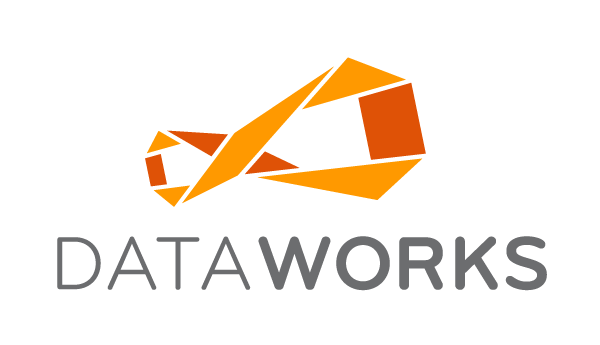Today is Tuesday, May 18th, 2010. During the last two days (Sunday and Monday), two of our employees spent 40+ man hours in our data center. We use Paetec's data center (also known as a Co-Lo site ) in Fort Myers, Florida to house our internal business applications, our R&D infrastructure, our phone system and our Hosted ASP software application. Paetec provides the bunker, the security, the bandwidth, the power, and the cooling. DataWorks provides the servers and software.
If you are looking for cloud computing this is where it exists.
Cloud computing is not some vaporous thing that floats magically on the internet. It is racks and racks of noisy, hot, glowing servers, stacked one on top of the other in an enclosed silo of steel and cables. Our Co-Lo site is cold -- meat locker cold. You wear a warm coat when you are in the cloud.
99% of the time, the cloud is an uninhabited space where the steel doors are locked, access is electronically keyed, servers stay hot, hard drives spin, air conditioners whip away the heat, and the lights are off. The cloud is not a place for humans.
William Gibson, the novelist, (who has penned much of our computer slang) calls the walking-talking-awake-world the "meat" world. The meat world is the world we inhabit when we are not jacked into the "matrix" (Gibson penned that term too).
Our typical business activities are 98% matrix based - very little muscle ("meat") is used in the pursuit of profits. The last two days these two Data-Workers efforts equated to an intense work out. They are now physically exhausted - having stood on hardened concrete floors, their feet (especially their heels) feel like raw hamburger. Their hands ache. They have cuts and bruises on their hands and arms from dead lifting 150 pound battery back up units out of service and replacing them with newer (and lighter) units.
By the way, they are in good physical shape, they hit the gym at least twice a week with personal trainers, they hike, they bike, they camp. In the course of two days, they used a host of low tech tools like wrenches, screw drives, pliers, and pocket knifes to lift racks, adjust rails, twist electrical leads, and cut cables.
After about an hour of this work their fingers go numb; after about 4 hours, their minds start to go numb. That's when the mental mistakes start to kick in.
In a moment of mental meat enlightenment they decided to move, re-rack and re-cable a group of servers - they moved them from one rack into another so they would be "logically" together. Makes sense. Makes sense now. Made sense then. But in moving the servers, some mistakes were made. 1) Untested patch cables were used to re-cable the servers 2) cables were plugged into unmarked dead switch ports and 3) the primary firewall was re-connected with one cable in the wrong port.
It took an additional 14 man hours and an additional 23 elapsed hours pass our scheduled down time to totally diagnosis and solve the cabling issues.
The obvious mistakes that were made: they changed more than one thing at a time (no way to trace the diagnosis by working backwards - that was working , but now its not working...) and not enough labeling and documentation of the servers, cables and ports. If they had taken an hour or two to label all the cables before moving the servers, they would not have had the problems that they encountered after the boxes were spooled back up.
In that perfect vision that is known as hind-sight, I thought about how military officers do not typically carry rifles or heavy packs. In the field, they are lightly equipped with just a side-arm. Why? So they are not physically burden, they do not become physically fatigued, and their minds can remain fresh and agile. When your "meat" is on the line in combat, you want the pointy end of the kabob to be deadly sharp and accurate, and you most definitely want the thinking end of kabob to be cool to the touch and ready to think through a crisis.
The cloud is were the matrix world meets the meat world - Bring a coat.
And don't forget the label gun.
